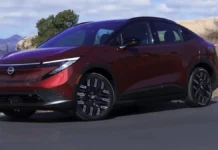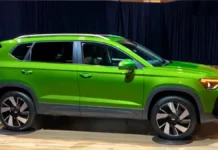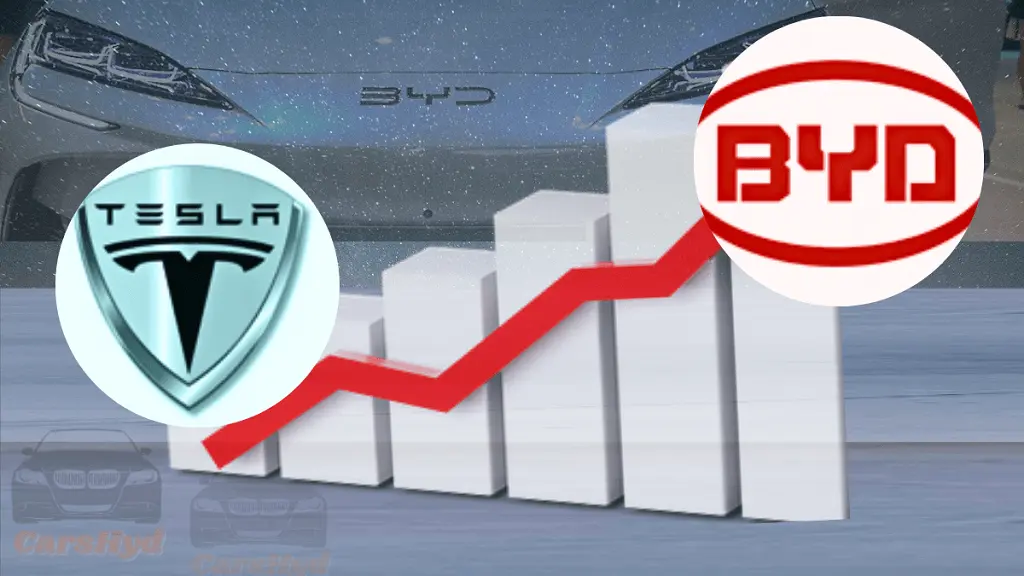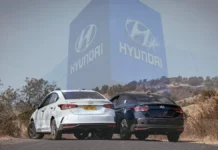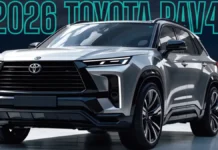Chinese automaker BYD has made a significant mark in the global automotive industry by surpassing Tesla in quarterly revenue for the first time. In Q3 2024, BYD reported a revenue of 201.1 billion yuan (approximately $28.2 billion), while Tesla’s revenue for the same period reached $25.2 billion. This achievement is a testament to the strong growth of BYD, a company that has made a huge leap in the electric vehicle (EV) market, both in China and internationally.
Table of contents
- Impressive Financial Results: A Steady Growth Trajectory
- Government Support and Economic Incentives: A Key Factor in Growth
- Export Growth and International Expansion
- The Chinese automaker BYD and Tesla Rivalry: Who’s Winning the EV Battle?
- Challenges Ahead: Can Chinese automaker BYD Maintain Its Momentum?
- The Future of Chinese automaker BYD: A Promising Yet Challenging Road Ahead
- A Competitive Future in the EV Market
Impressive Financial Results: A Steady Growth Trajectory
The impressive performance of BYD can largely be attributed to the growing demand for its electric and hybrid vehicles. In Q3 2024, BYD’s net profit rose by 11.5%, reaching 11.6 billion yuan ($1.63 billion). This increase in profit highlights the company’s ability to sustain strong sales momentum, even in a highly competitive market. The primary catalyst behind this growth is the company’s broad product portfolio, which includes not only fully electric vehicles but also plug-in hybrid vehicles, offering consumers more options at various price points.
A significant portion of BYD’s success is driven by the increasing adoption of electric vehicles and hybrids in China. The Chinese government has been a major player in supporting the EV sector, providing various incentives and subsidies for consumers to choose greener options. This support has been particularly effective in stimulating demand for BYD’s vehicles, as the company has been at the forefront of offering affordable electric and hybrid models that cater to the mass market.
Moreover, BYD’s ability to leverage economies of scale and streamline its production processes has allowed it to keep prices competitive. The company’s strong focus on innovation in battery technology and efficient manufacturing processes also plays a vital role in maintaining its cost leadership in the market.
Government Support and Economic Incentives: A Key Factor in Growth
The continued growth of BYD can be attributed in large part to the supportive policies implemented by the Chinese government. In particular, the old-for-new trade-in programs, which offer consumers subsidies for trading in older vehicles for electric or hybrid cars, have significantly contributed to the rise in sales. In October 2024, more than 1.5 million consumers had registered for these national incentives, indicating a strong push for greener vehicles. Additionally, local governments have also introduced their own incentives, further lowering the financial barriers to adopting electric vehicles.
This favorable environment has not only benefited BYD but also other domestic automakers, allowing them to thrive in a market that is transitioning rapidly toward electric mobility. The influx of government-backed incentives has spurred growth in the EV sector, helping brands like BYD and Tesla expand their market share in China and abroad. As the world’s largest EV market, China offers tremendous growth opportunities for BYD, which has been quick to capitalize on this trend.
Export Growth and International Expansion
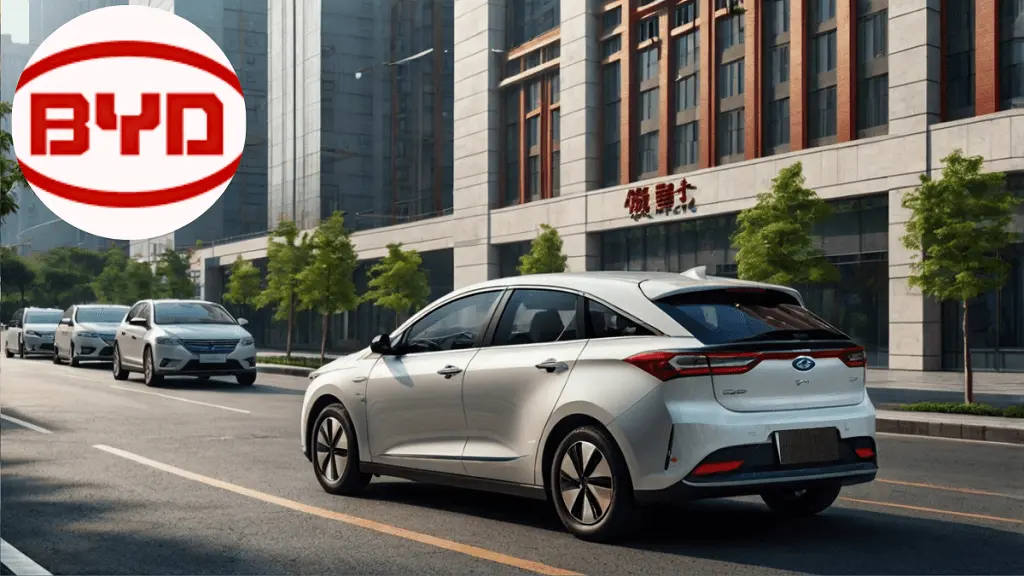
Although BYD still relies heavily on its domestic market, the company has also been making significant strides internationally. In Q3 2024, BYD’s overseas sales rose by 32.6%, with 94,477 vehicles sold outside of China. This growth comes as BYD continues to expand into European markets, despite facing challenges such as tariffs on Chinese-made vehicles.
The company’s ability to maintain competitiveness in Europe, where EV demand is growing rapidly, speaks to the strength of its global strategy. In particular, BYD’s focus on plug-in hybrid vehicles allows it to address different consumer needs in diverse markets. In Europe, where consumers are still transitioning to fully electric vehicles, hybrid options remain a popular choice due to their extended driving range and flexibility.
BYD’s growing international presence is a clear indicator of the company’s ambition to become a global player in the EV market. While Tesla has a strong foothold in North America and Europe, BYD is betting on a more diversified approach by offering both electric and hybrid models to a broader range of customers.
The Chinese automaker BYD and Tesla Rivalry: Who’s Winning the EV Battle?
While Chinese automaker BYD has surpassed Tesla in terms of revenue for the first time, it still trails behind its American rival when it comes to global electric vehicle sales. Tesla remains the undisputed leader in the fully electric segment, thanks to its strong brand recognition, cutting-edge technology, and market leadership. In fact, Tesla’s global revenue still exceeds BYD’s when factoring in the high margins on its premium vehicles, such as the Model S and Model X.
However, BYD’s diverse product offerings—ranging from electric cars to hybrids—make it a formidable competitor in the EV space. While Tesla focuses primarily on fully electric vehicles, BYD has capitalized on the growing demand for hybrid models, which offer a transition between traditional internal combustion engine (ICE) vehicles and fully electric cars. This strategy has allowed BYD to tap into a broader customer base, especially in markets where consumers may not yet be ready to fully commit to electric vehicles.
Additionally, BYD’s ability to scale its operations and innovate in battery technology gives it an edge in terms of cost competitiveness. The company’s significant investment in battery manufacturing, particularly through its subsidiary FinDreams, has enabled BYD to reduce its production costs and maintain competitive pricing, especially for hybrid models that remain highly popular in China.
Challenges Ahead: Can Chinese automaker BYD Maintain Its Momentum?
Despite its impressive growth, BYD faces several challenges that could impact its future trajectory. One of the major hurdles is the increasing competition in the global EV market, particularly from established players like Tesla, Volkswagen, and General Motors. These companies are all ramping up their investments in electric vehicles, and as the EV market becomes more saturated, it may become more difficult for BYD to maintain its competitive edge.
Another challenge lies in the supply chain. As the demand for EVs continues to rise globally, automakers face difficulties in securing enough raw materials, such as lithium and cobalt, which are essential for battery production. BYD will need to manage these supply chain constraints to ensure it can continue meeting production targets without compromising on quality.
Additionally, while BYD has been successful in diversifying its product offerings, it still faces the task of expanding its presence in markets like North America, where consumer preferences may differ. The company must adapt its models and marketing strategies to suit local tastes and regulatory requirements in different regions, particularly in North America and Europe.
The Future of Chinese automaker BYD: A Promising Yet Challenging Road Ahead
Looking ahead, BYD’s growth prospects remain strong, but the company will need to carefully navigate the competitive landscape and manage its expansion strategies. With an annual export target of 450,000 units for 2024, a revision from its initial goal of 500,000 units, BYD remains on track to become one of the leading global EV players. However, achieving these targets will require overcoming the challenges of increasing competition, managing supply chain issues, and adapting to diverse markets.
In conclusion, Chinese automaker BYD’s achievement of surpassing Tesla in quarterly revenue is a significant milestone in the evolution of the electric vehicle industry. While Tesla continues to dominate the fully electric market, BYD’s diverse product range and strong performance in the hybrid segment position it as a key player in the global EV race. The road ahead for Chinese automaker BYD is filled with both opportunities and challenges, but if the company can continue to innovate and adapt to market demands, it will likely remain a dominant force in the EV sector for years to come.
A Competitive Future in the EV Market
The recent revenue milestone achieved by Chinese automaker BYD represents a turning point in the global EV industry. While it may not have fully surpassed Tesla in terms of electric vehicle sales, its diverse approach, strong growth in hybrids, and expanding international footprint give it a competitive edge. As the market for electric and hybrid vehicles continues to grow, both BYD and Tesla are likely to remain at the forefront of this transformation, but the competition between them and with other global players will intensify in the coming years.
Post You May Find Useful
- BYD Electric Car Review
- Why the BYD Car is Revolutionizing the U.S. Electric Vehicle Market
- BYD electric car reliable
Source: This article is based on a Reuters report published by CNN Business on October 30, 2024





